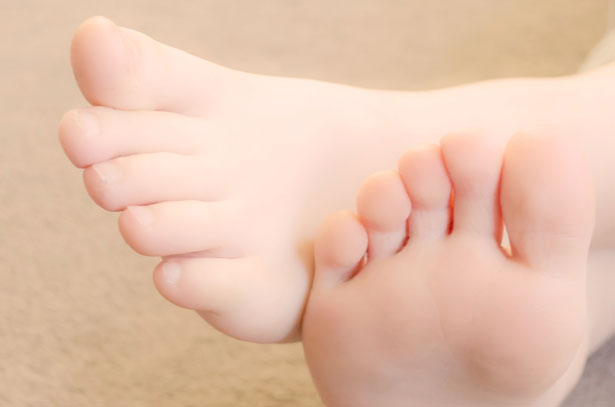The shape of your feet, and specifically your toes, can determine the type of pain you may experience.
Did you know that the length of your second toe compared to your big toe is a condition that is inherited from your parents? If your second toe is the same length as your big toe, you have a Roman foot. If your second toe is the longer than your big toe, you have a Greek foot. If your second toe is shorter than your big toe, you have an Egyptian foot. A second long toe is a condition known as Morton’s Toe, first described by Dr. Dudley Morton; he observed that people who had this condition had postural changes, including rotating their feet outward thereby causing excessive foot pronation. He also observed that these symptoms can be caused when the first metatarsal (the long bone that leads to the toe) is elevated compared to the second metatarsal. When this happens, the forces on the foot are displaced, not balanced equally on the first and fifth metatarsals.
So why is this so important to my overall health? The physical forces on the foot are conveyed through muscle and bone to your spine. Your spine protects your spinal cord, which conveys nerve signal to and from your brain. With a Greek foot, the second longer toe alters the way force is applied throughout the foot, and subsequently throughout the entire body. Not only can Morton’s toe cause foot problems such as calluses, bunions, plantar fasciitis, Morton’s neuroma, hammer, claw and mallet toes, it can also cause pain in the legs, neck and pain. Studies have shown that Morton’s toe can cause ankle sprains, shin splints, sciatica and knee pain, iliotibial band syndrome, and ACL tears, upper back pain, neck pain, and shoulder pain.
Morton’s Toe impacts the whole body because it changes your posture and the way you walk and run. It is estimated that 20-30% of the population has a second long toe, and that approximately 80% of the population has an elevated first metatarsal head.
So is this something that can be fixed without surgery? Yes! Many patients report that a felt pad placed under the metatarsal head of the big toe alleviates many of the problems associated with Morton’s toe. Chiropractic adjustments help the body to relearn a better posture.





